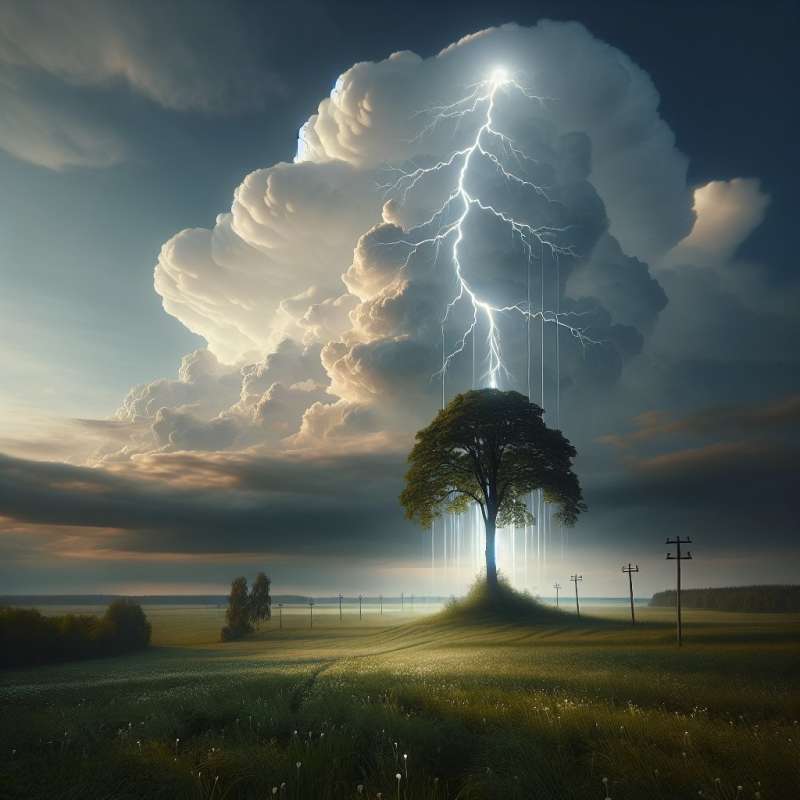
Introduction to Lightning Formation
Lightning is a sudden electrostatic discharge during a thunderstorm. It occurs between electrically charged regions of a cloud or between a cloud and the ground. This process involves complex interactions of particles and atmospheric conditions.
Charge Separation Mechanism
Inside a storm cloud, ice crystals collide with heavier graupel particles. This collision transfers electrons, causing the lower part of the cloud to become negatively charged and the upper part to become positively charged, setting the stage for lightning.
Step Leaders and Streamers
A step leader is a channel of ionized air that descends from the cloud. As it approaches the ground, streamers of positive charge move upward. When they meet, it creates a conductive path for the lightning flash.
Return Stroke Explained
The visible flash we see is the return stroke, which travels back up the path created by the step leader and streamers. This return stroke can heat the air to around 30,000 Kelvin, causing the surrounding air to rapidly expand, creating thunder.
Surprising Lightning Facts
Did you know that volcanic eruptions and intense forest fires can also produce lightning? Additionally, lightning strikes worldwide about 100 times every second, contributing to the global electrical circuit and influencing the Earth's climate.Lightning's Wildest Location
In Venezuela, there's a place called Catatumbo where lightning storms occur almost 260 nights a year, producing up to 1.2 million lightning strikes annually.
What initiates lightning formation?
Electrons in the ground
Electrostatic discharge during thunderstorms
Cloud condensation nuclei
Company